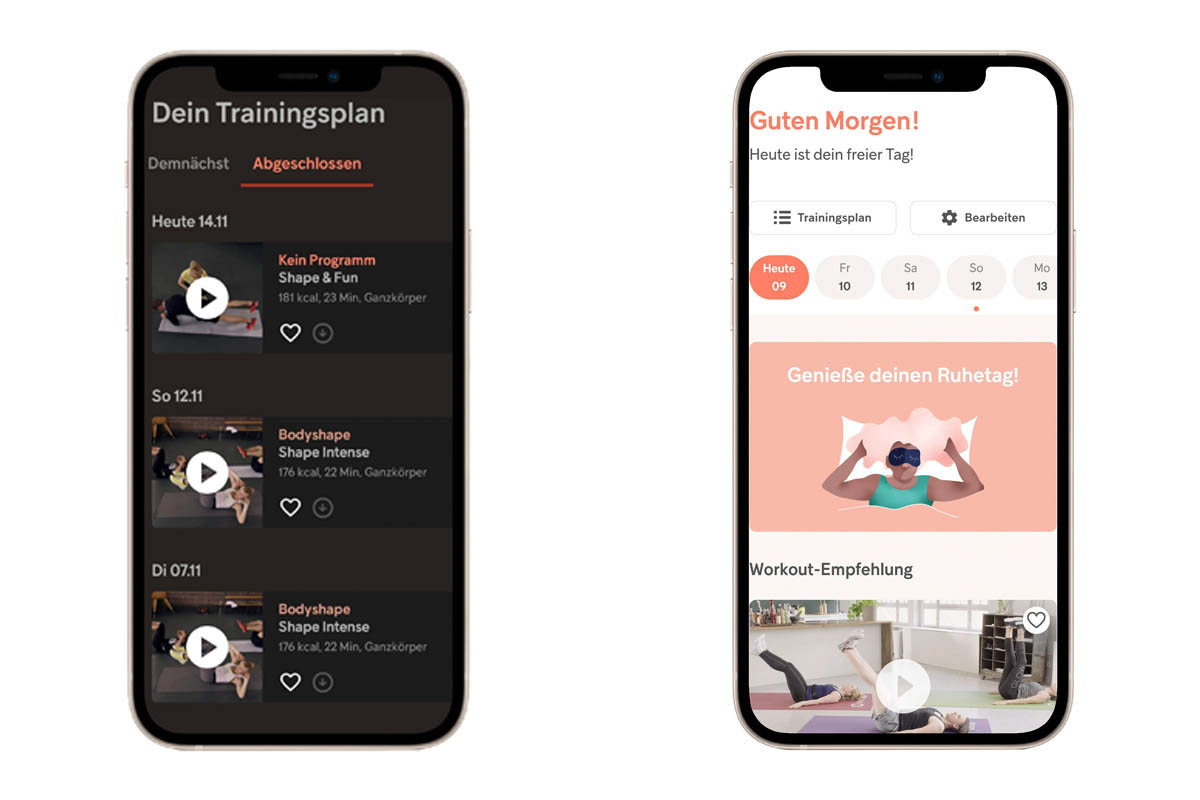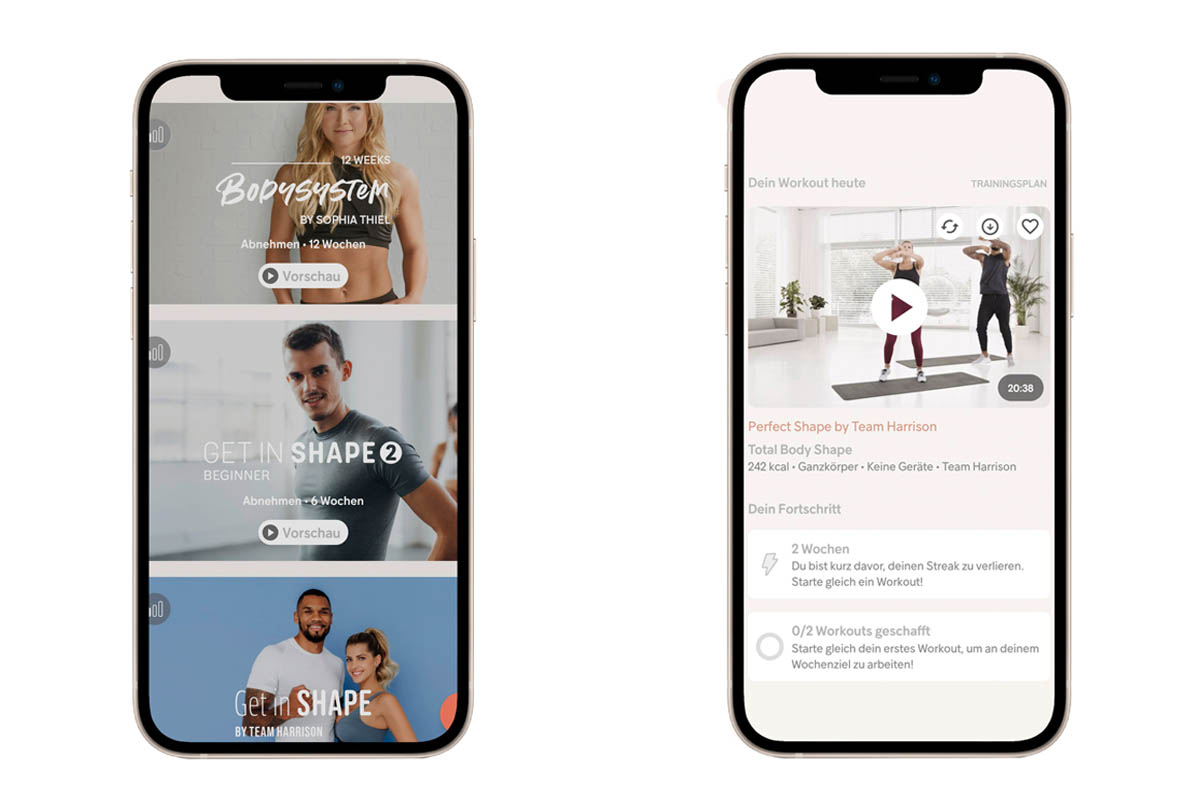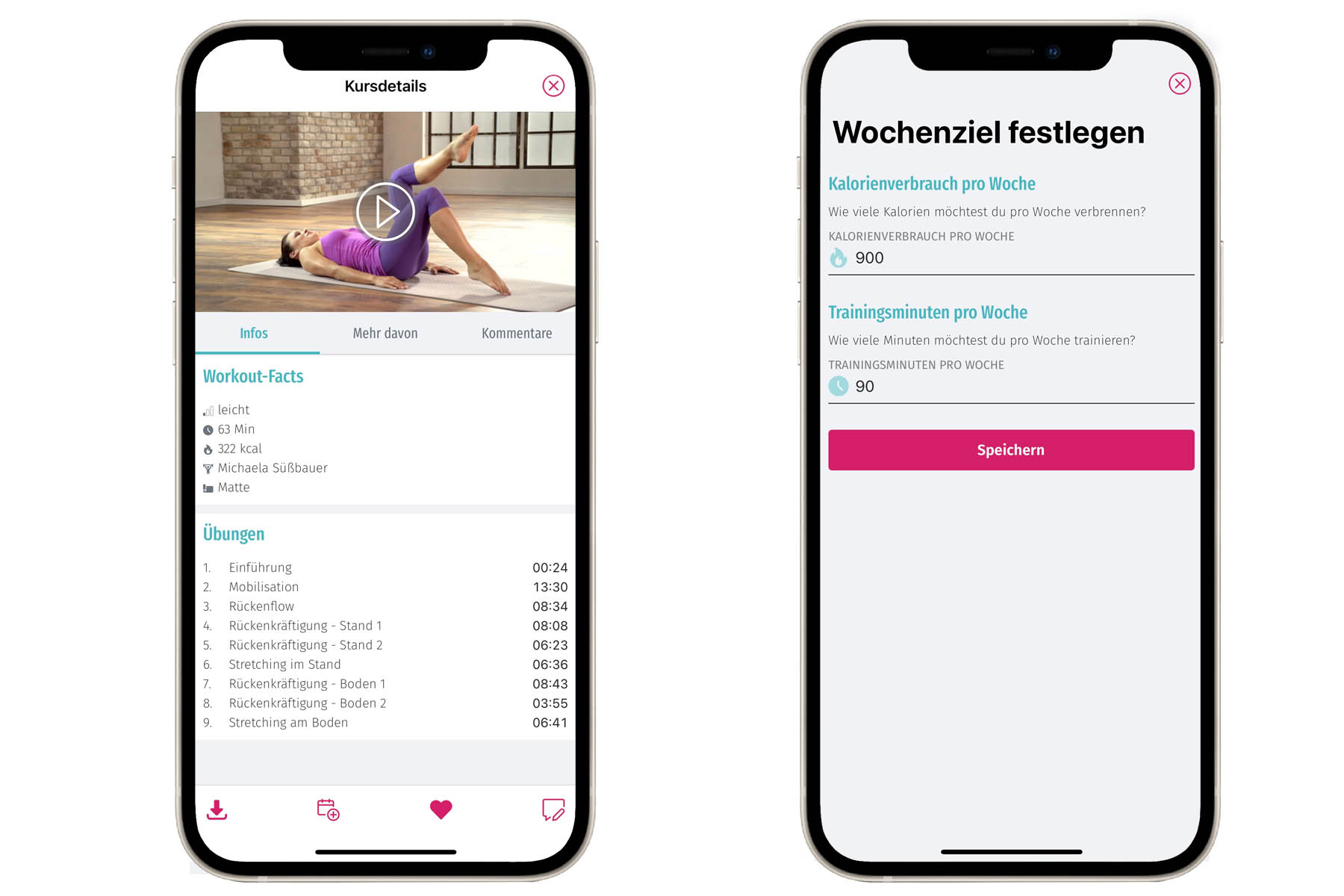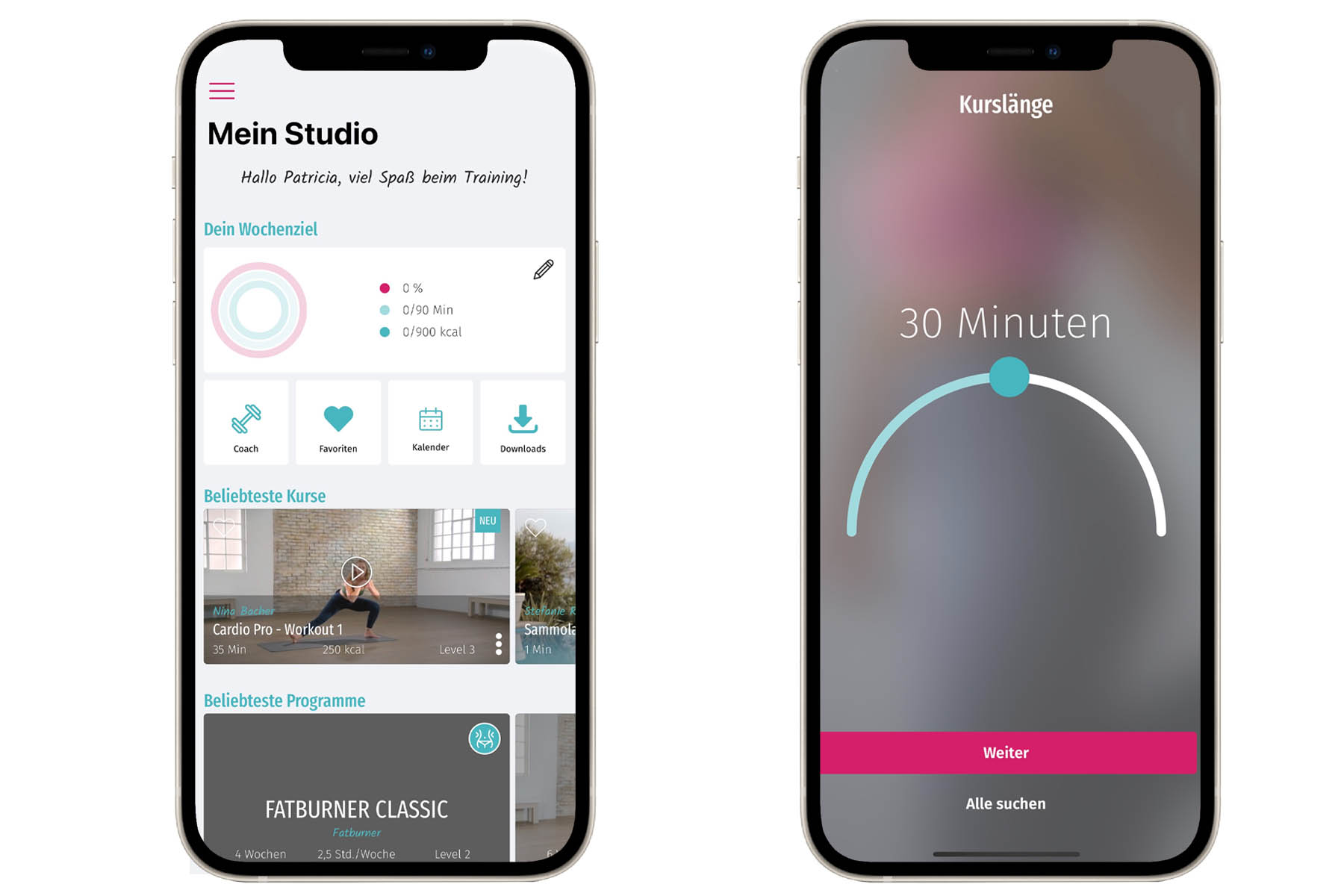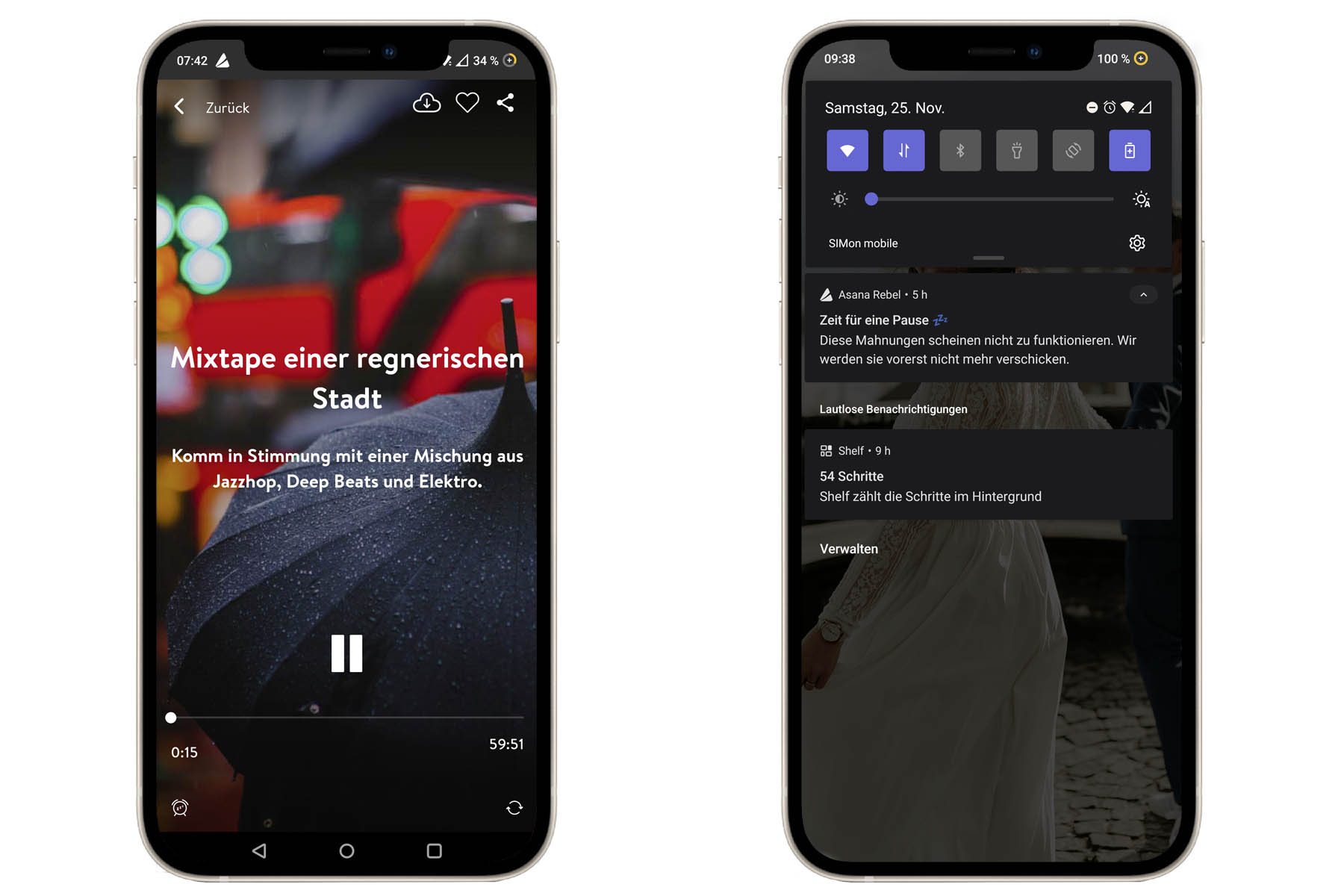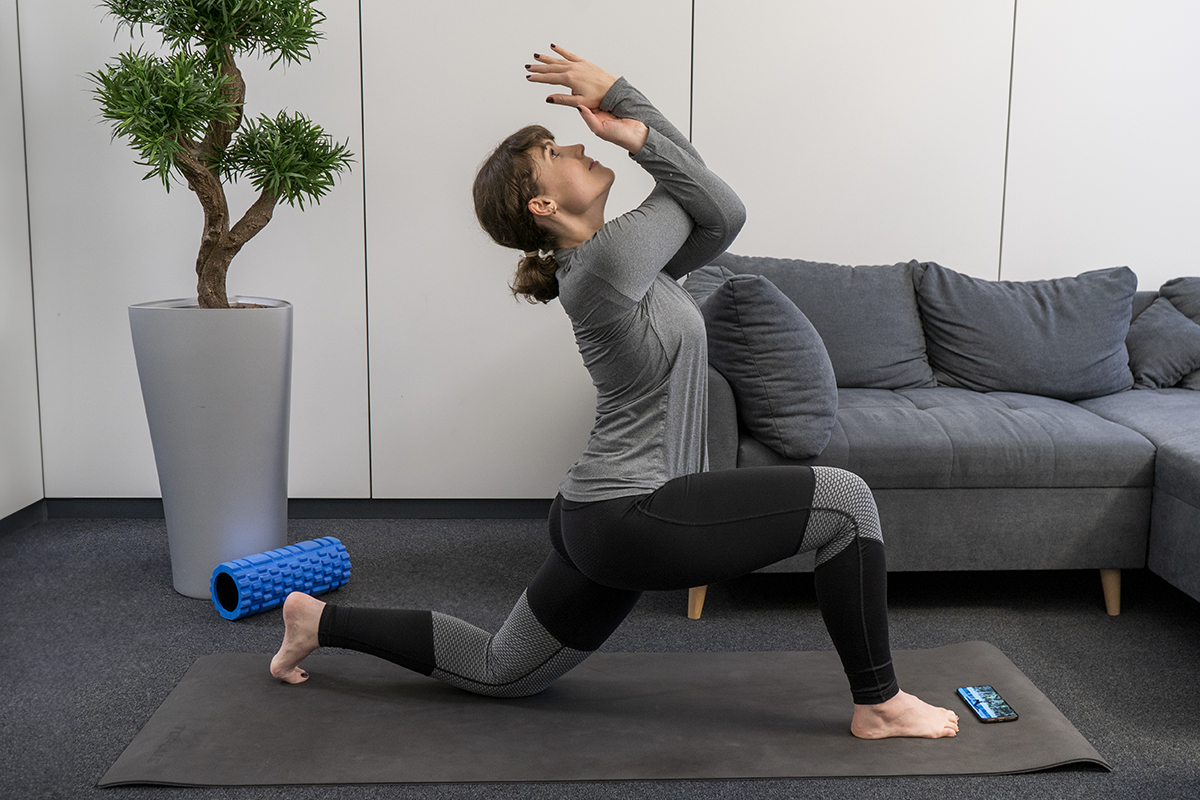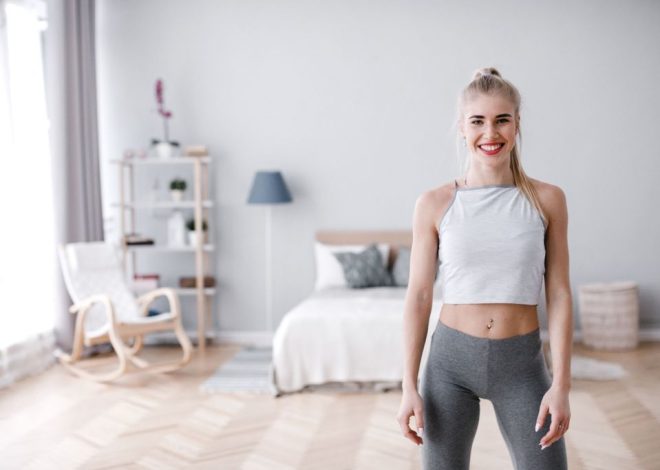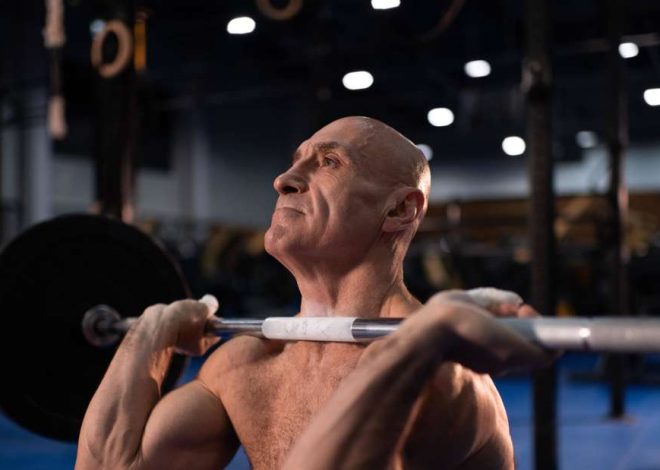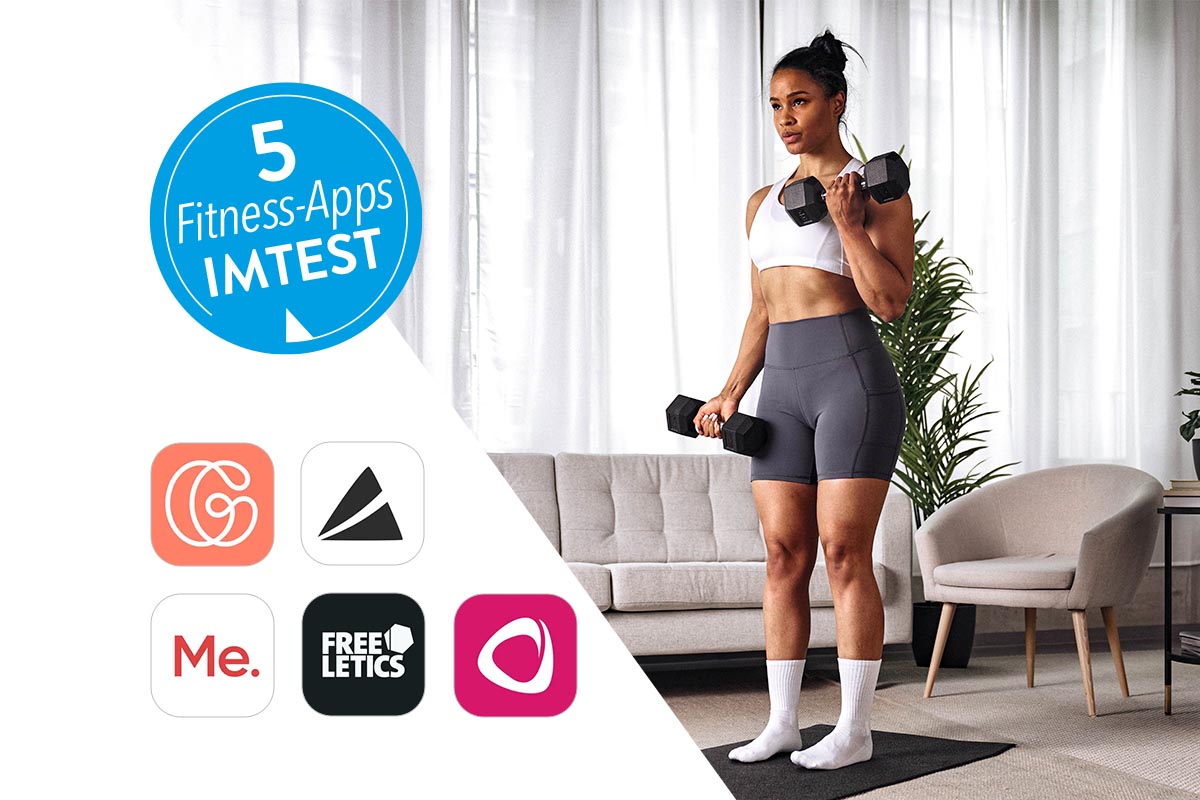
Fit for summer: 5 fitness apps tested
Summer is just around the corner and this time the dream of a beach body is really going to come true. Just like every year. But why is it that almost half of Germans keep making the same resolutions – and still fail? Sure, the inner demon will play a role in many things. Added to that is little time, a lot to do and probably resolution number three: saving money. According to the Statista price index, a good gym costs just under 110 euros per month (as of September 2023). Apps, on the other hand, are cheaper. Get fit in a few weeks, only 15 minutes of exercise a day, food, training, tracking, all in one app – the promises of the apps are as numerous as they are flowery. But which of them are true? Which training model ensures real improvement in fitness, shape and well-being in your own body? IMTEST wants to know and has put five fitness apps to the test.
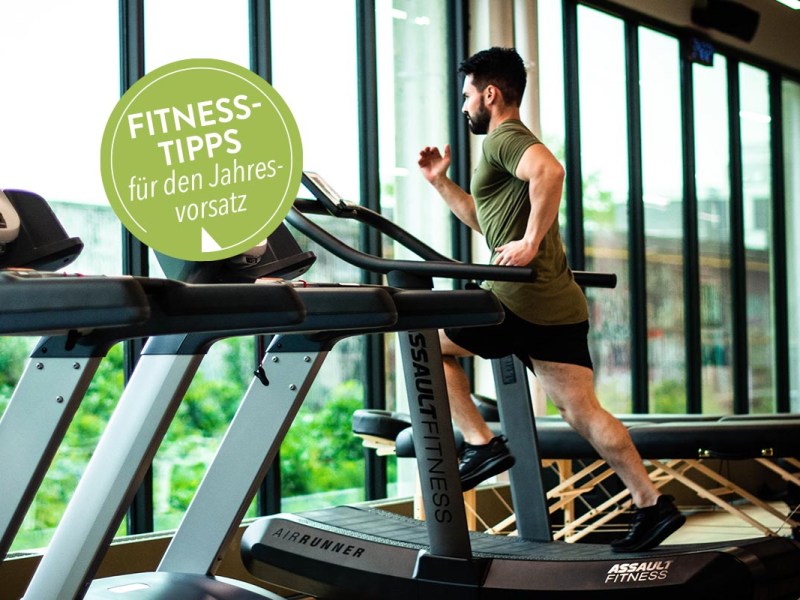
This is how you manage to do more sport and, above all, stick with it.
Five fitness apps, five test subjects: This is how the procedure went
Five test subjects were selected for the test, each of whom tested an app as part of a four-week program that varied from app to app. The following values were recorded beforehand from all participants at the Hamburg Center for Hyperbaric Medicine: lung capacity, resting and stress ECG. The same test was repeated under the same conditions four weeks later. The results can be found on page two.
IMTEST deliberately decided not to include body fat measurements in the results, as diet and other physical activities would have played too large a role. Accordingly, the measurements only demonstrate a general improvement in physical fitness.
In addition, as is usual at IMTEST, the apps were also checked for criteria such as functionality, features and data protection. Particularly important in this test was the degree of customization, i.e. the question of how far the apps’ programs can be adapted to the individual participants. This was clarified, among other things, by the number of preliminary questions asked in the respective program. Typical questions included:
- What are your goals? (strength, endurance, weight loss, satisfaction…)
- Biodata (age, height, weight, gender)
- How often do you want to train per week?
Top dog Gymondo only in second place
Candidate number one, Gymondo, is an absolute top dog in the field of fitness apps. The program comes in numerous variants. In addition to the official Gymondo website, there are applications online with Daniel Aminati (“Mach dich krass”) and Sophia Thiel (“Bodysystem”). Equipped with almost a dozen sports, numerous courses and coaches, fitness and nutrition tracking as well as recipe ideas, including variations in vegetarian, vegan, low carb, high protein, gluten-free and much more, Gymondo leaves little to be desired.
During the fitness programs from the areas of Pilates, yoga, jogging, walking, cardio, stretching, dancing, Tabata, boxing, biking or hula hoop, users can choose between in-app musical accompaniment or background music from their own Spotify account. Of course, the music can also be turned off completely, then only the voices of the – extremely motivated – coaches remain. Sometimes individually, sometimes in groups, they give instructions, explain how the training can be further intensified and push users as hard as they can. If you like that and are prepared to spend just under 15 euros a month, then Gymondo is the perfect place for you.
The only drawbacks of the app: Firstly, the app seems a bit confusing at first with its numerous options, and secondly, the pace of the training units cannot be individually adjusted.
Fitness room scores with 15 sports
This makes the competitor Fitnessraum better. Here you have the option to see exercises in a slower repetition during training, which is particularly advantageous for movements that require more coordination. However, personalized music is missing here.
Otherwise, the apps are largely similar. The diet options are somewhat more limited in Fitnessraum (vegan, vegetarian or classic). In return, however, the app scores with a whopping 15 sports. As with all the apps tested, the main focus is roughly on fitness workouts. There is also a lot of yoga, as well as hula hoop, fascia training, kickboxing, dancing, Pilates, Tai Chi, Qi Gong, Tabata, stretching, endurance sessions, mobilization and courses for specific groups, such as pregnant women or people over 60.
You can start training immediately after setting it up. The app doesn’t give you much help getting started. The setup also seems a bit complicated at first. This is partly because, in addition to complete training sessions, it is also possible to complete individual exercises. This can cause confusion under certain circumstances.
Healthy body with healthy mind: Asana Rebel wins the race
Asana Rebel doesn’t seem very clear at first either: “The first look at the app is a bit confusing because so much information is displayed as tiles (“daily quiz”, weight tracking, recommended workouts, water intake tracking, recommended music, next workout in the selected challenge, etc.). But selecting a challenge works well, even if it is quite manageable. In addition, you are well taken along in each video, for example by a greeting at the beginning,” says the tester.
In terms of the sports on offer, Asana Rebel is the simplest end of the scale. The app relies largely on yoga and only adds a few fitness exercises. However, if you want to try out the traditional movements as a way to a feel-good body, this is the place for you. The app not only offers classic training and nutritional suggestions, but also provides more in-depth information on relaxation exercises, tea and meditation. The motto here is: a healthy body with a healthy mind.
Yoga flow for fitness and meditation
The app structure largely corresponds to the meditative claim. In addition to the Spotify connection, users can also choose from 15 different pieces of music within the app. The exercises can be played at five different speeds, both slower and faster than the regular tempo. This is particularly useful when you consider that yoga is not just about the movements themselves, but also about the flow that arises with the right “yoga rhythm”. However, this flow can only come about if the person who is currently training has already mastered their exercises to a certain extent or at least knows how to move quickly and relaxed from one position to the next.
The classic yoga pace is a bit too fast for many beginners. The rapid transitions can lead to hecticness and sloppy exercises. It is therefore better to choose a slower pace to start with. This ensures that the exercises are learned correctly. Afterwards, there is nothing wrong with slowly increasing the pace again.

The IMTEST tester sums up: “I think the app is great! But it’s definitely only for yoga fans. I definitely feel a bit fitter and, above all, more flexible after the four weeks. Another nice additional effect is that the workouts also promote mindfulness. This means I can sometimes switch off better in everyday life or do a breathing exercise to combat stress.”
On the next page you will find the app costs, the conclusion and the detailed evaluation of Freeletics and the “Fitness for Lazy People” app BetterMe.

Ethel Purdy – Medical Blogger & Pharmacist
Bridging the world of wellness and science, Ethel Purdy is a professional voice in healthcare with a passion for sharing knowledge. At 36, she stands at the confluence of medical expertise and the written word, holding a pharmacy degree acquired under the rigorous education systems of Germany and Estonia.
Her pursuit of medicine was fueled by a desire to understand the intricacies of human health and to contribute to the community’s understanding of it. Transitioning seamlessly into the realm of blogging, Ethel has found a platform to demystify complex medical concepts for the everyday reader.
Ethel’s commitment to the world of medicine extends beyond her professional life into a personal commitment to health and wellness. Her hobbies reflect this dedication, often involving research on the latest medical advances, participating in wellness communities, and exploring the vast and varied dimensions of health.
Join Ethel as she distills her pharmaceutical knowledge into accessible wisdom, fostering an environment where science meets lifestyle and everyone is invited to learn. Whether you’re looking for insights into the latest health trends or trustworthy medical advice, Ethel’s blog is your gateway to the nexus of healthcare and daily living.

